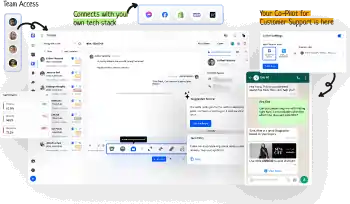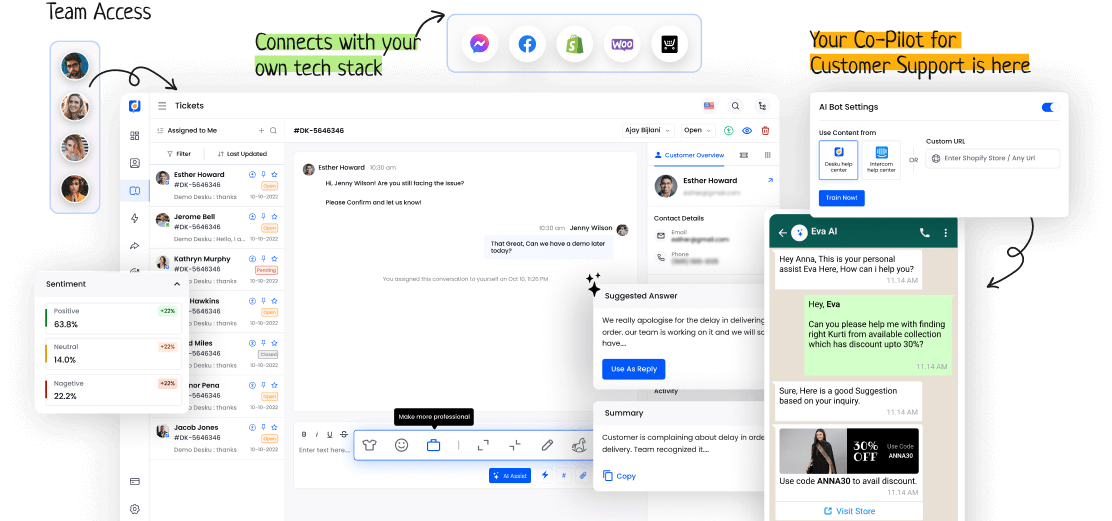Web widgets are key parts of today's web design. They blend function with user interaction without a hitch. Many people overlook these elements, yet they play a major role in improving user experiences on websites.
They provide features ranging from social media integrations to data gathering tools. Web widgets meet various website needs. But one question lingers: How can businesses tap into web widgets' power to boost their online presence and interact with their audience in a meaningful way?
I. Understanding Web Widgets
Web widgets are interactive parts on a webpage. They improve the user experience and function. When making web widgets, follow design principles. This ensures beauty and function agree.
Developers need to focus on user engagement. This helps create widgets that draw in and serve users well. Knowing the balance between design principles and user engagement is key. It helps make successful web widgets.
II. Functionality & Uses of Web Widgets
Understanding design principles and user engagement is key to creating successful web widgets. But it's also important to know about their functionality and uses.
- Personalization: Widgets let users tweak them to their liking.
- Sharing on social media: Spreading widget content across different platforms expands its reach.
- Gathering data: Widgets can collect useful data about how users interact for further analysis and refinement.
III. Implementing Web Widgets on Websites
Putting web widgets on websites needs thought out placement, function, and user experience to boost engagement and interaction. Customizing widgets to match the site's look is possible.
User engagement strategies such as interactive parts and personal content can increase visitor interaction. With the right use of widgets, websites can make a more dynamic and user-friendly experience.
This can enhance overall engagement and satisfaction.









